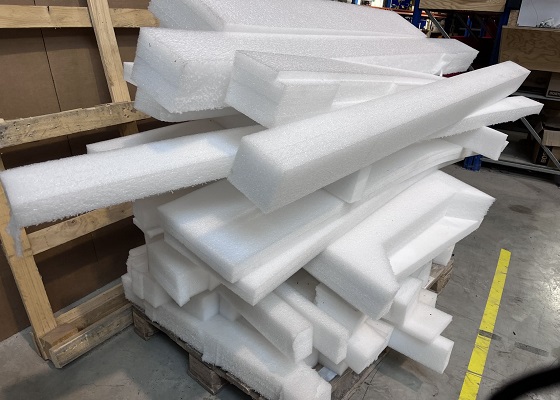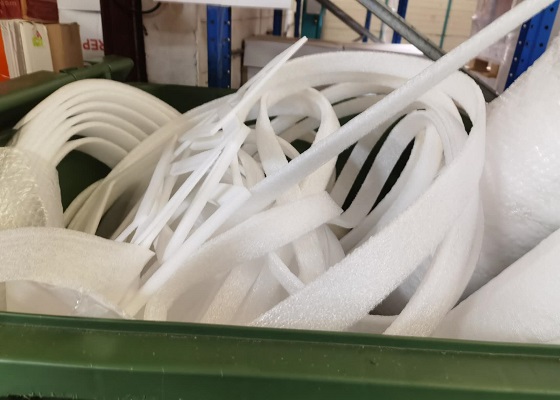Disadvantages of Polyethylene Plastic Foam Insulation Interior
Polyethylene, one of the most common types of plastic, is widely used in various products, from packaging materials to consumer goods. Although we have known much about advantages about polyethylene foam, the disadvantages are also much. The following are the disadvantages:

1. The construction needs linked network, and the construction process is cumbersome and long duration.
2. Flammable, poisonous gas after combustion. Common polystyrene foam insulation board is easy to burn, and toxic smoke produced by combustion. Even adding a flame retardant, the combustion can only reach B grade.
3. Material strength is poor, prone to crack and insulation shedding phenomenon is relatively common.
4. The quality of polyethylene plastic foam board is unstable, the material need to become mature before they can use. Otherwise, quality will not be guaranteed and could lead to foam board shrinkage cracking.

As time goes by, today’s recycling market is very different from what it was just a few years ago. Whether in China or around the world, recycling foam plastic has been regarded as a top priority. While people enjoy the convenience brought by foam, they also begin to pay attention to recycling.
GREENMAX foam recycling machine can help with Polyethylene recycling, so the shortcomings of polyethylene are gradually being weakened. Here are GREENMAX recycling solutions:
1. Foam Compactor: Compresses bulky polyethylene foam waste into dense blocks.
2. Foam Melter: Melts the polyethylene foam into ingots, reducing volume and making it easier to transport and reuse.
3. Shredders:Efficiently shred polyethylene waste into smaller pieces for further processing.
4. Foam Recycling Systems:Integrated systems that combine shredding, compacting, and melting for complete recycling solutions.
